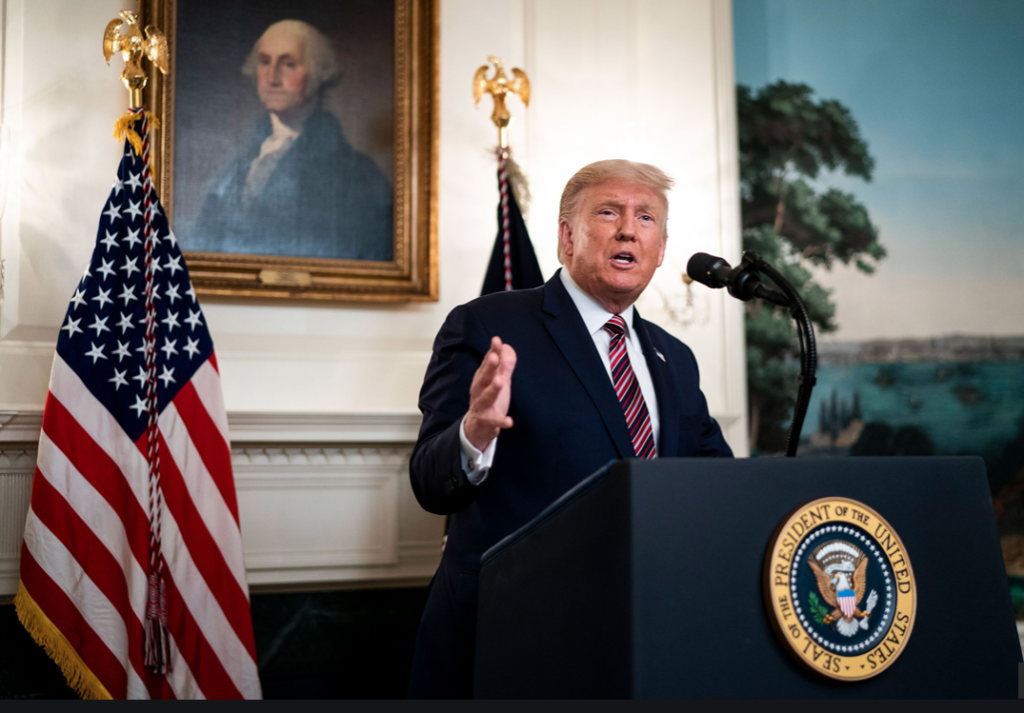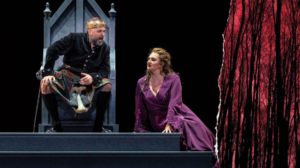Campaign for the Supreme Court: Analysis of Trump’s Potential SCOTUS Nominees

Image Courtesy of Time Magazine
By Justin Lamoureux
In a move defined by aforethought political calculations, President Trump released a list containing the names of more than 20 potential Supreme Court appointees. The list contains approximately twenty names, with individuals from a diverse range of political backgrounds. Some are “household names” from Washington, including U.S. Senators Ted Cruz (R – TX) and Tom Cotton (R – AR), as well as Assistant Attorney General Steven Engel. Others, such as Judges Bridget Bade and Stuart Duncan, are lesser-known. The list also includes one statewide official: Kentucky Attorney General Daniel Cameron, whose handling of the Breonna Taylor incident thrust him into the national spotlight.
The United States Supreme Court is an aging tribunal. Green Papers reports that four of the nine current justices are over 70 years old, including two who are over 80. With that in mind, there is a high likelihood that whoever wins the presidency in November will have the opportunity to appoint at least one justice.
Judicial appointments have proven critical to President Trump’s retention of conservative support. According to the American Bar Association, Trump oversaw more judicial nominees during his first two years in office than the last four presidents combined during that time frame. CNN reports that in total, Trump has appointed over 200 federal judges during his presidency, including two Supreme Court Justices.
Be that as it may, Trump’s appointments have been fraught with controversy. The same ABA report also noted that many appointees received “not qualified” ratings from their association. Justice Brett Kavanaugh – Trump’s second appointment to the Supreme Court – was met with intense scrutiny from Congress after a former classmate accused Kavanaugh of sexual assault.
Unsurprisingly, Trump’s list has invoked condemnation from liberal commentators. Brian Fallon, executive director of Demand Justice, alleges that individuals like Cruz and Cotton “want to rip away healthcare from millions and overturn Roe v. Wade.” Several LGBT advocates have called the shortlist “terrifying” – The Human Rights Campaign underscored that potential appointees have a “record of hostility towards progress, tolerance and equality.”
What implications does this have for the election? For starters, it suggests that President Trump is attempting to make this election about more than current issues, such as COVID or the economy- he wants voters to also consider potential issues when they enter the voting booth.
It also sends a message about voters the president is trying to reach. The potential nominees are known to be ideologically polarizing figures, whose appeal extends little beyond Trump’s conservative base. In theory, if the Trump campaign was serious about courting swing voters, this list would most likely have included at least a few politically moderate choices.
Many speculate that it could be a move by the Trump campaign to assuage skeptical conservatives – In other words, send a message that a vote for President Trump translates into support for any of his potential SCOTUS nominees. Given the aforementioned weight of Trump’s judicial appointments relative to his popularity, such a theory is entirely plausible.
Recent elections have been influenced by remnants of the battle for the Supreme Court. In 2016, the political dialogue was heavily influenced by the fight to replace Justice Antonin Scalia, who had passed away earlier in the year. Two years later, a strong Democratic performance among female voters in the congressional midterms was attributed partly to widespread dissatisfaction with the GOP’s handling of sexual assault allegations made against (recently appointed) Justice Kavanaugh.
Despite limited evidence pointing towards an imminent Supreme Court vacancy, this campaign will likely take into account comparable sentiments. The Supreme Court maintains unparalleled leverage over cases that determine the country’s ideological direction. Essentially, when the court evolves, so does the nation itself.
The Supreme Court is officially non-partisan, but conservative justices currently hold a 5 – 4 majority. The two oldest justices – Ruth Bader Ginsburg and Stephen Breyer, respectively – are also the two most liberal. Should either (or both) no longer be able to serve, the court’s political bend would be called into question – the outcome of which, in essence, would depend on which party held the Oval Office.
It goes without saying the United States faces more serious challenges than a hypothetical open seat on the Supreme Court. However, one must consider the very real possibility of retirement from the bench in the next four years. The nation is at a crossroads in several respects; whoever occupies the highest element of our judicial branch will prove instrumental in facilitating how America emerges from this economic and cultural transition. For that reason (and many more), this may be one of the most influential presidential elections in history.







